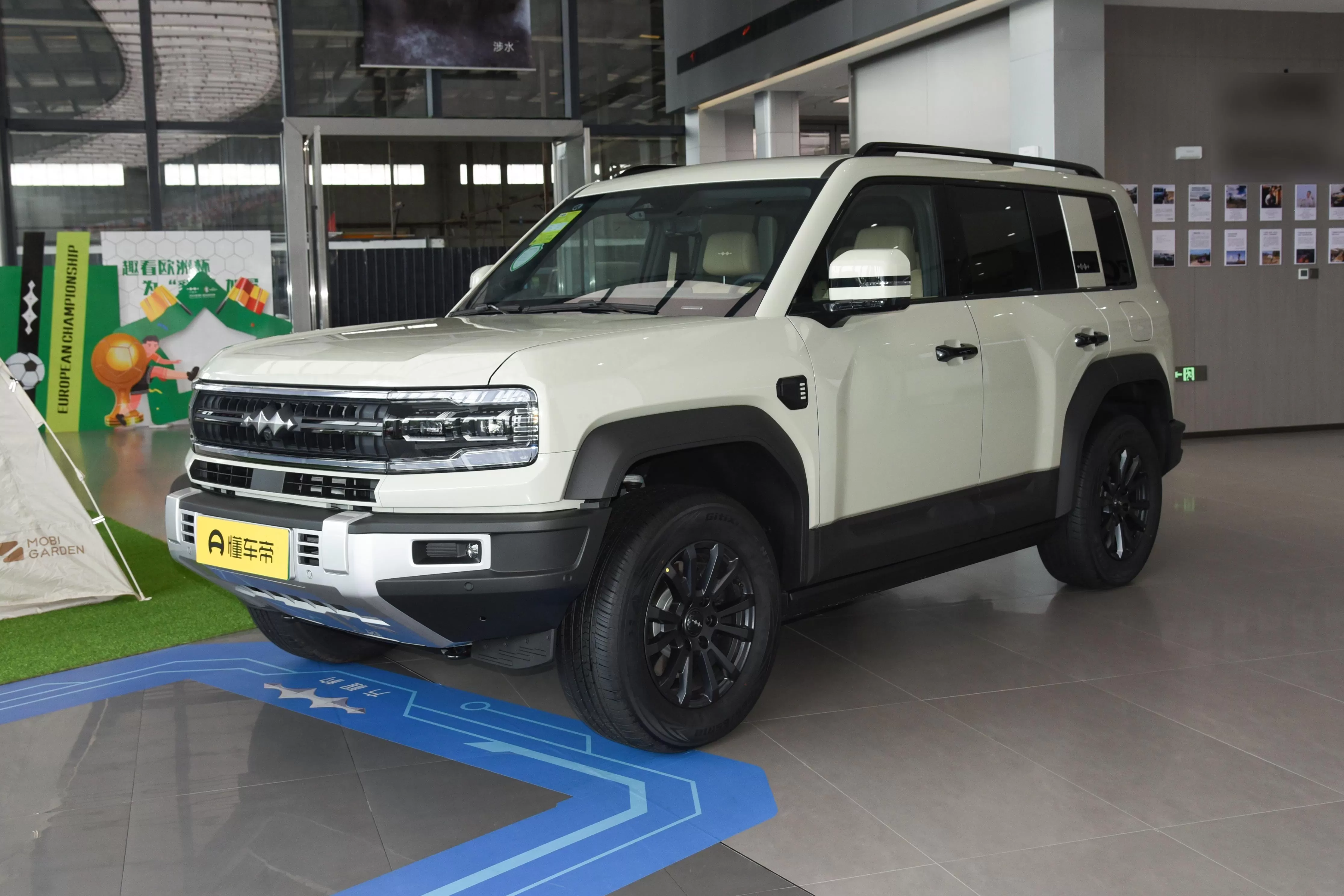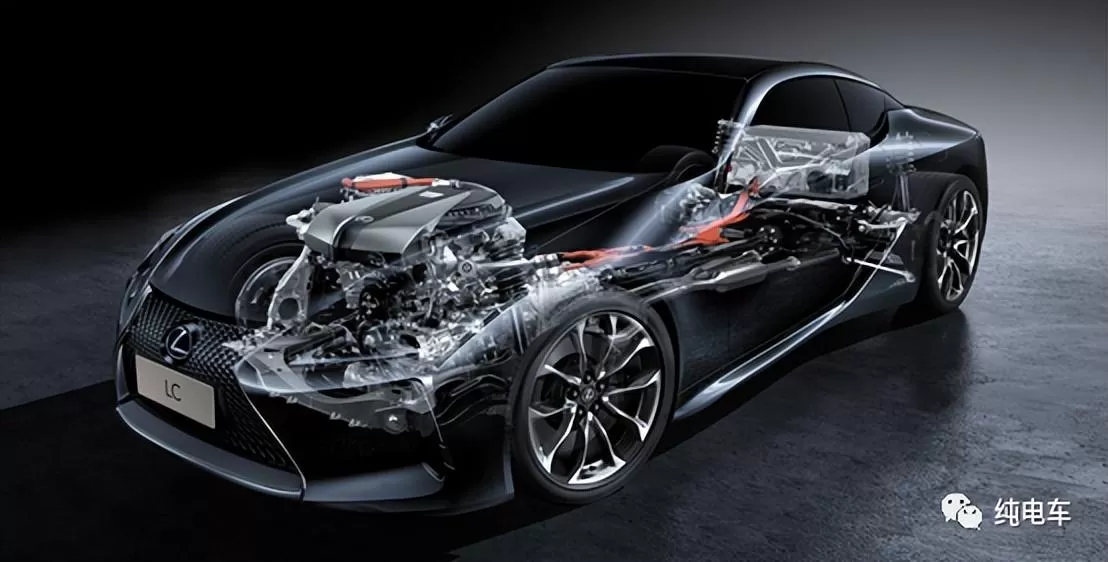"Limited product range, low customer recognition, difficulty in lowering prices, niche market, challenging to break into the market, high costs."
Since Li Xiang started his third entrepreneurial venture in 2015 and up until the official launch of the Li ONE in 2019. doubts about Li Auto have never ceased. Li Xiang openly admitted that among domestic automakers, Li Auto is the only one sticking to the extended-range electric vehicle (EREV) strategy, and the path has indeed been tough. However, despite this challenging environment, Li Auto has not only survived but also become a representative of the new wave of automakers.
Anyone who plays sports may know the saying, "Never underestimate the heart of a champion," which describes warriors who maintain a steely resolve in the face of adversity. Li Xiang and his Li Auto embody this spirit. From the first delivery in December 2019 to June 2020. in just six months, the Li ONE achieved its 10.000th delivery. With steadily growing sales, Li Auto is proving to the market that the EREV route has a future in China.

A Cure for Short Range
New electric vehicle startups today often face three major criticisms: short range, poor build quality, and low reliability, with short range being the most critical issue.
From the outset, Li Auto positioned the Li ONE as a luxury mid-to-large SUV, competing against the likes of the BMW X5 and Mercedes-Benz GL series. The vehicle adopts a complex EREV technology solution, combining a high-capacity battery pack with a high-power range-extending generator system to alleviate current concerns about the range of electric vehicles. In short, given the current limitations of battery energy density, fast-charging technology, and infrastructure, Li Auto’s choice of the EREV path cleverly addresses market fears about electric vehicles.
Many might not fully understand the principle behind the EREV, but numbers can be more impactful. The Li ONE’s onboard system shows a maximum range of 800 kilometers, with 180 kilometers from the battery alone and the remaining 620 kilometers provided by the gasoline engine.
What’s even more impressive is that the Li ONE not only offers an NEDC (New European Driving Cycle) range but also a more realistic WLTC (Worldwide Harmonized Light Vehicles Test Cycle) range. In real-world conditions, the Li ONE can achieve a range of at least 650 kilometers on a full charge and full tank, surpassing most pure electric vehicles.
The combination of a robust fuel reserve and dual electric motors at the front and rear provides the Li ONE with impressive acceleration. Among 300.000 RMB fuel-powered SUVs, the Li ONE’s 0-100 km/h acceleration time of 6.5 seconds is top-notch. Additionally, the vehicle’s ability to accelerate from 100 km/h onwards is even faster than that of traditional fuel vehicles.
Moreover, the Li ONE boasts a commanding design, with a 12.3-inch digital instrument cluster, a 10.1-inch control screen, a 16.2-inch central display, and a 12.3-inch passenger screen, showcasing a strong futuristic design trend. Inside and out, the Li ONE demonstrates a high level of competitiveness.
However, a closer look at Li Auto’s Q2 sales reveals some challenges. The company sold 2.600 vehicles in April, dropped to 2.148 in May, and fell below 2.000 in June. While having a single model can be a strength, it also poses risks. A new model might attract early adopters, but as time passes and competitors release new models, maintaining high market attention for the Li ONE remains uncertain. Fortunately, Li Auto has timely announced its latest product plans, including the launch of a large SUV, a mid-size SUV, and a compact SUV, with an extended-range full-size SUV scheduled for 2022.

A Remarkable Business Leader
Looking at the new electric vehicle startups that have survived into 2020. a common trait among them is that their leaders have poured their entire hearts into the company, pushing forward with determination and resilience. Leaders like He Xiaopeng of XPeng, Li Bin of NIO, and Li Xiang of Li Auto share these qualities.
During the "capital panic" of 2019 and 2020. Li Auto received two crucial strategic investments from Meituan Dianping’s founder, chairman, and CEO Wang Xing. Moreover, Wang Xing has publicly praised Li Xiang’s pragmatism and confidence in Li Auto’s future on multiple occasions.
Just before Li Auto’s U.S. IPO, its angel investor, Mingming Huang, founding partner of Future Capital, published an open letter stating that Future Capital has been Li Xiang’s most steadfast supporter over the past five years for one reason: they believe in him. "Simplicity, purity, equanimity, resilience, and entrepreneurial courage" are the qualities that define Li Xiang and the new generation of entrepreneurial leaders he represents.
On July 25. Li Auto updated its IPO prospectus, with Hillhouse Capital expressing its intent to invest $300 million in the public offering. In addition, Li Auto secured $380 million in cornerstone investments alongside its IPO, bringing its post-IPO cash reserves to an estimated $2.434 billion.

With ample cash flow, Li Xiang’s "dream" is becoming a reality. Since deliveries began in December last year, the Li ONE has sold 10.677 units. To better serve its customers, Li Auto plans to accelerate the expansion of its sales and service network. By the end of June, Li Auto had 21 retail centers covering 18 cities nationwide. By the third quarter of this year, the number of cities covered will exceed 30. with the total number of direct retail centers expected to reach 60 by the end of 2020. Li Xiang is turning dreams into reality through sheer determination.
No Room for Complacency?
Despite Li Auto’s strong momentum and some media comparing it to the next "Tesla," the reality is that Li Auto still faces the challenge of educating the market about extended-range electric vehicles.
On one hand, shortly after the Li ONE’s release, the government included the promotion of new energy vehicles and the development of charging infrastructure in its work report. This policy shift could impact the Li ONE’s market life cycle, leading to a potential mismatch with Li Auto’s initial expectations. Competing in the pure electric vehicle market in three years might prove difficult.
On the other hand, looking at Li Auto’s IPO timing, the race among new electric vehicle startups has entered a critical stage. As some brands disappear, the leading startups are doubling down on product development and marketing. With only one model, Li Auto still needs to be aware of the risks ahead.

Li Xiang has publicly stated that Li Auto will not launch new products for the next three years, meaning that during a challenging period for the automotive market, the Li ONE will have to face all its competitors alone. Some say that one product alone cannot dominate the market— even Apple has abandoned its strategy of one device per year, let alone a car manufacturer with an even higher difficulty level.
In my view, Li Xiang’s decision not to expand the product line blindly, while focusing on making a quality product, is a very rational choice. The reason is simple: from day one, Li Auto chose the hard mode of building its own factory and successfully obtained a production license. With full control over production, Li Auto can manage production rhythms well, respond quickly to market demand, and deliver vehicles to customers more effectively. More importantly, this allows the company to maintain high product quality standards.
Therefore, Li Xiang has the confidence to refine his product without being influenced by external factors. If the Li ONE can hold the sales "flag" for the next two years, the launch of a higher-end extended-range full-size SUV will further strengthen Li Auto’s market presence and enhance its brand value. Judging by current trends, the Li ONE is off to a good start.
Public Opinion on Cars
In the five years since its founding, Li Auto has outpaced most new electric vehicle startups, but its ambitions do not stop there. As Li Xiang once said, "The automotive market is large enough, but it’s also very challenging. Among the hundreds of new Chinese automakers, if only three survive, we will strive to be one of them." We hope that Li Auto can carve out a unique technological and production path, proving to the market that there’s more than one right answer.






